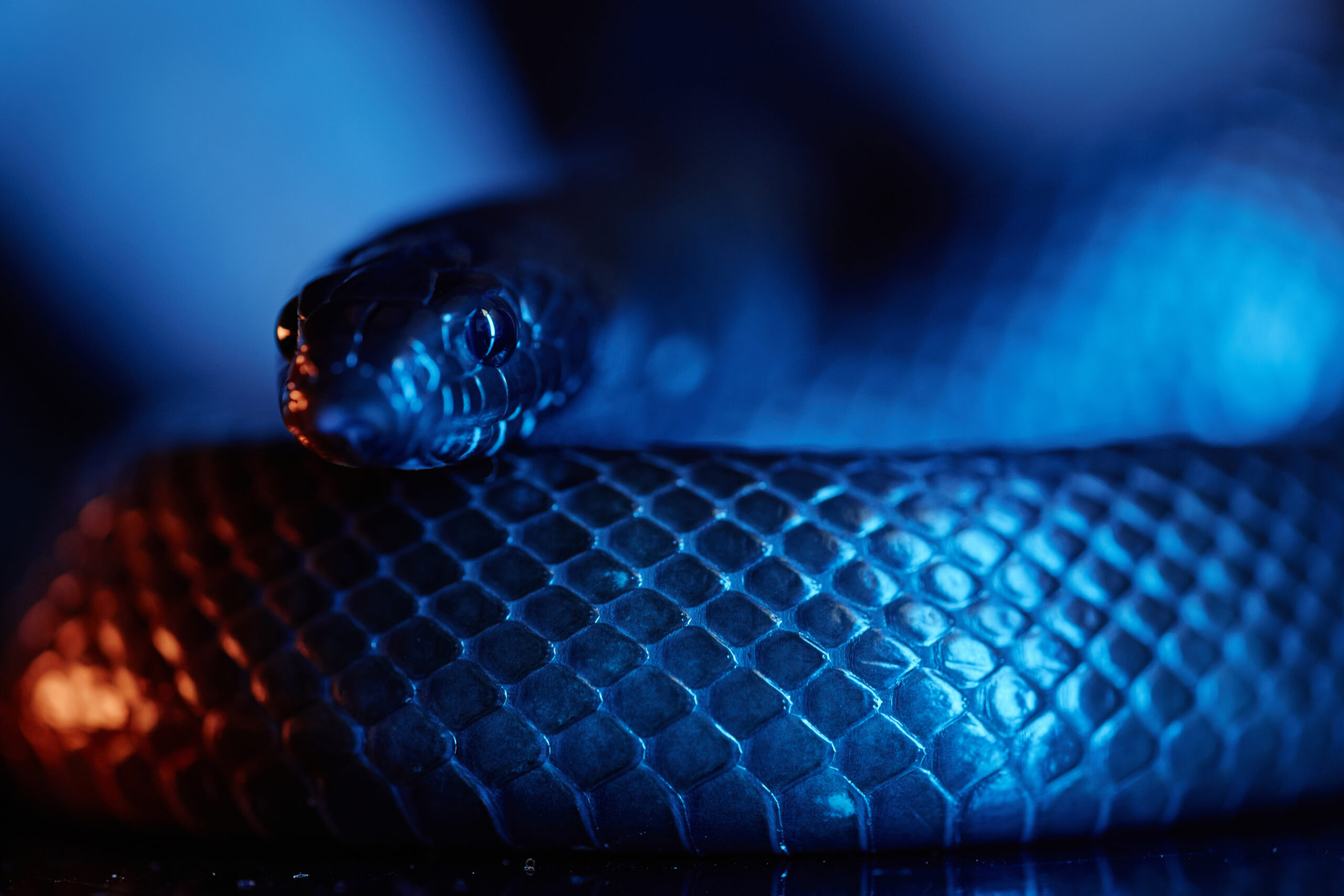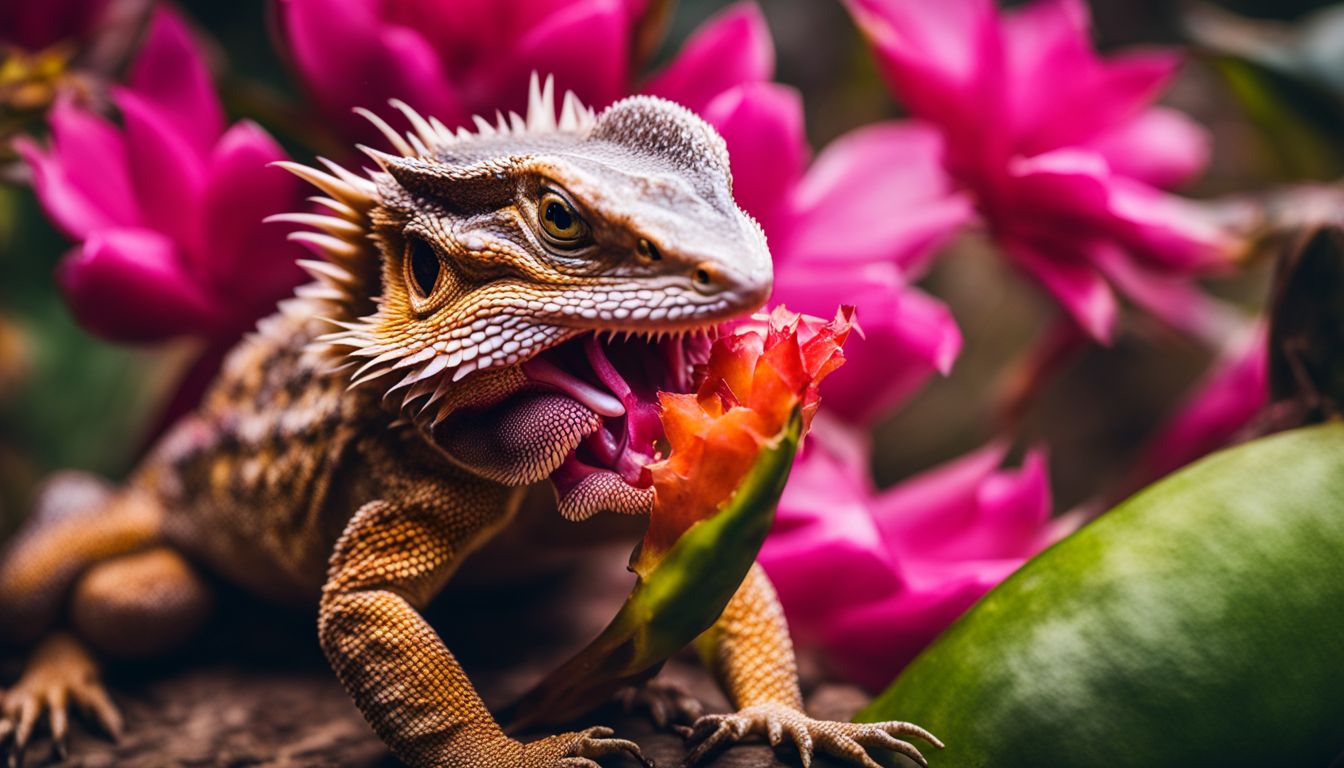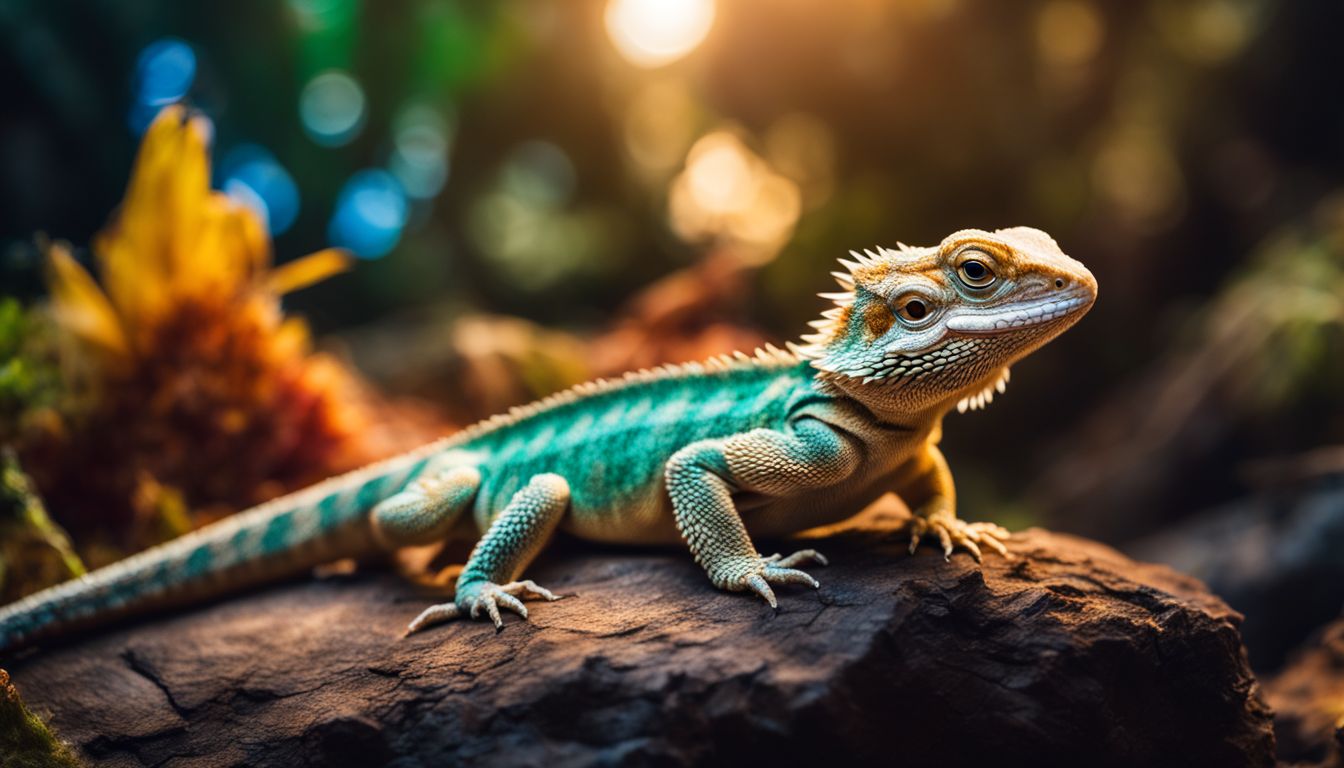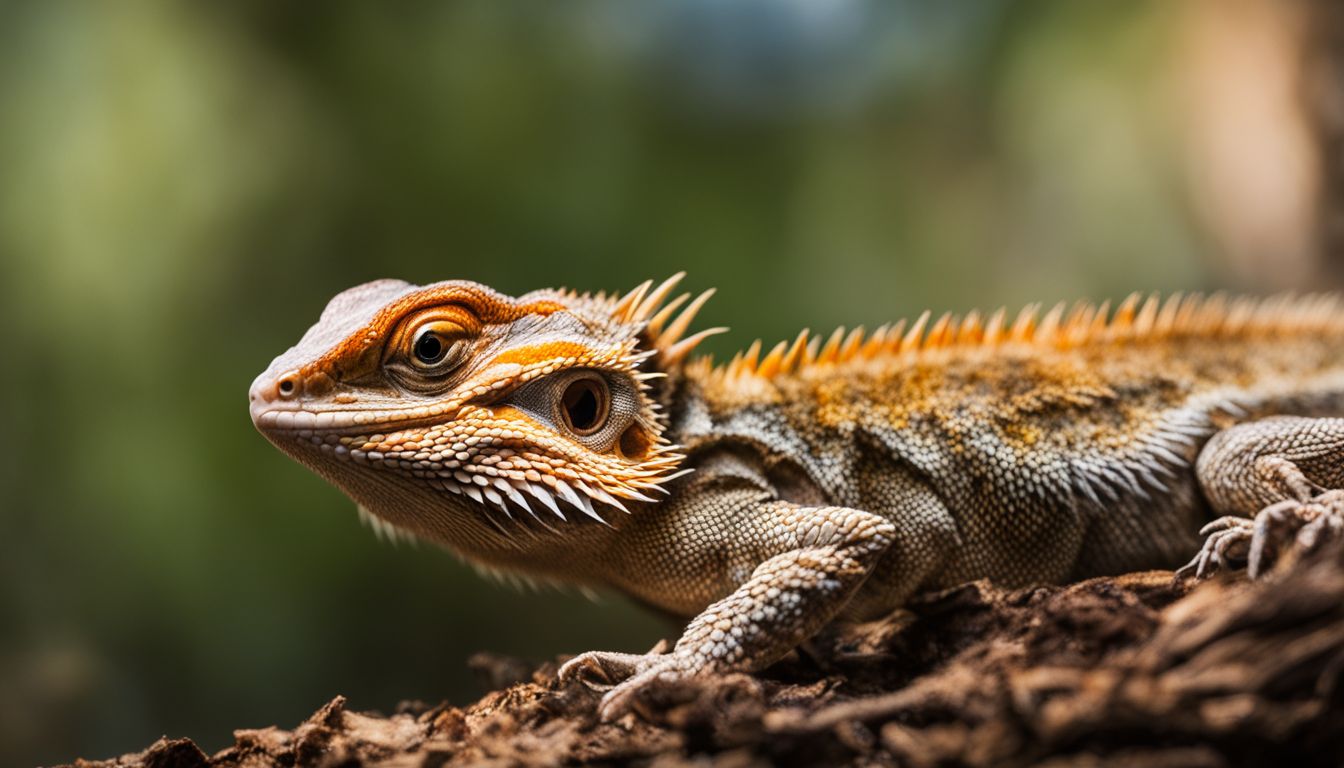Snakes have long fascinated humans with their mysterious, often misunderstood behaviors. One question that frequently arises is whether these slithering creatures are active during the day or night – are snakes nocturnal?
In this blog post, we will delve into the world of snake behavior to determine if snakes are nocturnal or diurnal animals, discuss factors that influence their activity patterns, and provide crucial tips for staying safe around these captivating reptiles.
Key Takeaways
- Snakes can be nocturnal, diurnal or crepuscular animals, with their activity levels influenced by various factors such as temperature and food availability.
- Some snake species are primarily nocturnal or diurnal, while others may exhibit both behaviors depending on the conditions they encounter. This means that one may come across a diurnal snake during the night or a nocturnal one during the day.
- To avoid dangerous encounters with snakes, it’s crucial to understand their behavior patterns and take necessary precautions such as staying on designated trails with clear visibility, wearing protective clothing and footwear, using flashlights when walking at night and being aware of warning signs.
- Understanding how different types of snakes behave is essential in predicting where they are most likely to be found and avoiding provoking them unintentionally, which could lead to serious harm.
Nocturnal Vs Diurnal
Nocturnal snakes are more active during the night, while diurnal snakes are more active during the day.
Explanation Of Terms
To gain a comprehensive understanding of snake behavior, it’s essential to first grasp the basic terminology associated with their daily activity patterns. Diurnal creatures are active primarily during daylight hours, as opposed to nocturnal animals that thrive in nighttime conditions.
Crepuscular animals represent another category altogether; these creatures are most active during twilight hours – at dawn and dusk. Examples of crepuscular species include deer and fireflies.
Snakes can fall into any of these three categories – diurnal, nocturnal or crepuscular – depending on various factors such as temperature and food availability.
Types Of Snakes That Are Typically Nocturnal Or Diurnal
Some snake species are known to be primarily nocturnal or diurnal, while others may exhibit both behaviors depending on factors such as temperature and food availability. The table below shows examples of such snakes:
| Nocturnal Snakes | Diurnal Snakes |
|---|---|
| Rattlesnakes | Garter Snakes |
| Copperheads | King Snakes |
| Cottonmouths (Water Moccasins) | Rat Snakes |
| Ball Pythons | Corn Snakes |
| Boa Constrictors | Green Anoles (a type of lizard) |
It is essential to note that a snake’s activity pattern can change due to various factors, and one may encounter a nocturnal snake during the day or a diurnal snake during the night. For example, sea snakes and kraits are some of the most venomous snakes but are primarily nocturnal and pose little threat to humans due to their shy and gentle nature. On the other hand, many snakes and lizards like garter snakes and green anoles are diurnal and are more active during cooler temperatures, especially in spring and fall.
Factors That Determine Snake Behavior
The behavior of snakes is influenced by several factors, including temperature and food availability. Understanding these factors can help us predict snake activity patterns and stay safe in their natural habitats.
Temperature
Temperature plays a significant role in determining the behavior of snakes, as these cold-blooded animals rely on their surrounding environment to regulate their body temperature.
Since the majority of snake species are ectothermic, meaning they derive heat from external sources, they must constantly adapt to changing temperatures throughout the day and seasons.
For instance, snakes that inhabit warmer regions might prefer hunting at night when temperatures are cooler, while those living in colder climates may choose to bask in the sun during daytime for warmth.
Additionally, some snakes alter their behavior depending on seasonal changes; certain desert-dwelling serpents switch from being diurnal in milder months to nocturnal during hot summer periods.
The Northern Pacific Rattlesnake exemplifies this flexibility – its hunting behaviors associate closely with air temperature and its own body temperature (as noted in Important Fact #4).
Food Availability
The availability of food plays a significant role in determining the behavior of snakes. As opportunistic feeders, many snakes will vary their diet based on what prey is available in their habitat at any given time.
Additionally, the type and abundance of vegetation can also influence the availability of prey for certain snake species. Forested habitats may provide more shelter and hiding places for small rodents than open grasslands or deserts, leading to a higher density of potential prey for snakes that inhabit such areas.
Understanding Snake Behavior For Safety
Learn to avoid snake encounters by staying on designated trails, wearing protective clothing and footwear, and avoiding tall grassy areas.
Tips For Avoiding Snake Encounters
To avoid snake encounters and reduce the chance of dangerous interactions, consider the following tips:
- Stay on designated trails or paths with clear visibility. Avoid walking through tall grass, brush, or rocky areas where snakes may be hiding.
- Wear protective clothing such as long pants, boots, and gloves when in areas where snakes may be present.
- Use a flashlight at night to avoid stepping on or near snakes that may be more active during warmer nights.
- Be aware of the surroundings and listen for any warning signs such as sounds or movement that could indicate the presence of a snake.
- If hiking with pets, keep them on a leash to prevent them from encountering a snake and potentially getting bitten.
By adhering to these tips and being aware of snake behavior patterns, individuals can greatly reduce their chances of encountering a snake and decrease the risk of potential harm.
Importance Of Understanding Snake Behavior For Safety Precautions
Understanding snake behavior is crucial for safety measures when it comes to interacting with snakes in their natural habitats. Snakes are diverse creatures, and just like any other animal, they have unique characteristics that influence their behavior.
It is essential to understand how different species behave because some of them can pose a serious threat if provoked or threatened. For example, some venomous snakes, such as cobras and rattlesnakes, will only attack humans as a last resort if they feel cornered or attacked themselves.
In conclusion, understanding snake behavior is paramount for personal safety around these animals. Familiarizing yourself with their habits will aid in avoiding unnecessary interactions with them.
Conclusion
In conclusion, it’s essential to understand the behavior of snakes for safety reasons. While some snakes are nocturnal and others diurnal, their activity levels can vary based on environmental factors such as temperature and food availability.
By understanding these factors, we can take precautions to avoid snake encounters.
FAQs:
Are snakes nocturnal or diurnal creatures?
Snakes can exhibit both nocturnal and diurnal behavior depending on the species, habitat and climate. Some snakes are more active during the day while others prefer to come out at night.
Why do some snakes prefer being active during the day?
Snakes that enjoy daytime activity usually have a higher tolerance for heat and sunlight than those that are mostly active at night. It could also be because their prey is most commonly available in daylight hours.
What benefits do nocturnal snakes get from staying awake after dark?
Nocturnal snakes find it easier to hunt under cover of darkness since their natural camouflage helps them blend into shadows better, making it harder for predators or prey alike to spot them lurking nearby. Additionally, cooler temperatures provided by nighttime can help conserve energy and maintain hydration levels better in certain environments.
Can snake behavior change over time based on environmental factors?
Yes – many factors such as changes in temperature/weather patterns (e.g., cold snaps), availability of food sources (due to drought/insect infestations) & proximity to human activity/development intervention. This may cause shifts in routine behavior among reptiles which might make adaptations necessary if population numbers begin dwindling as a result of these changes to threatened climates/habitats they inhabit regularly.




